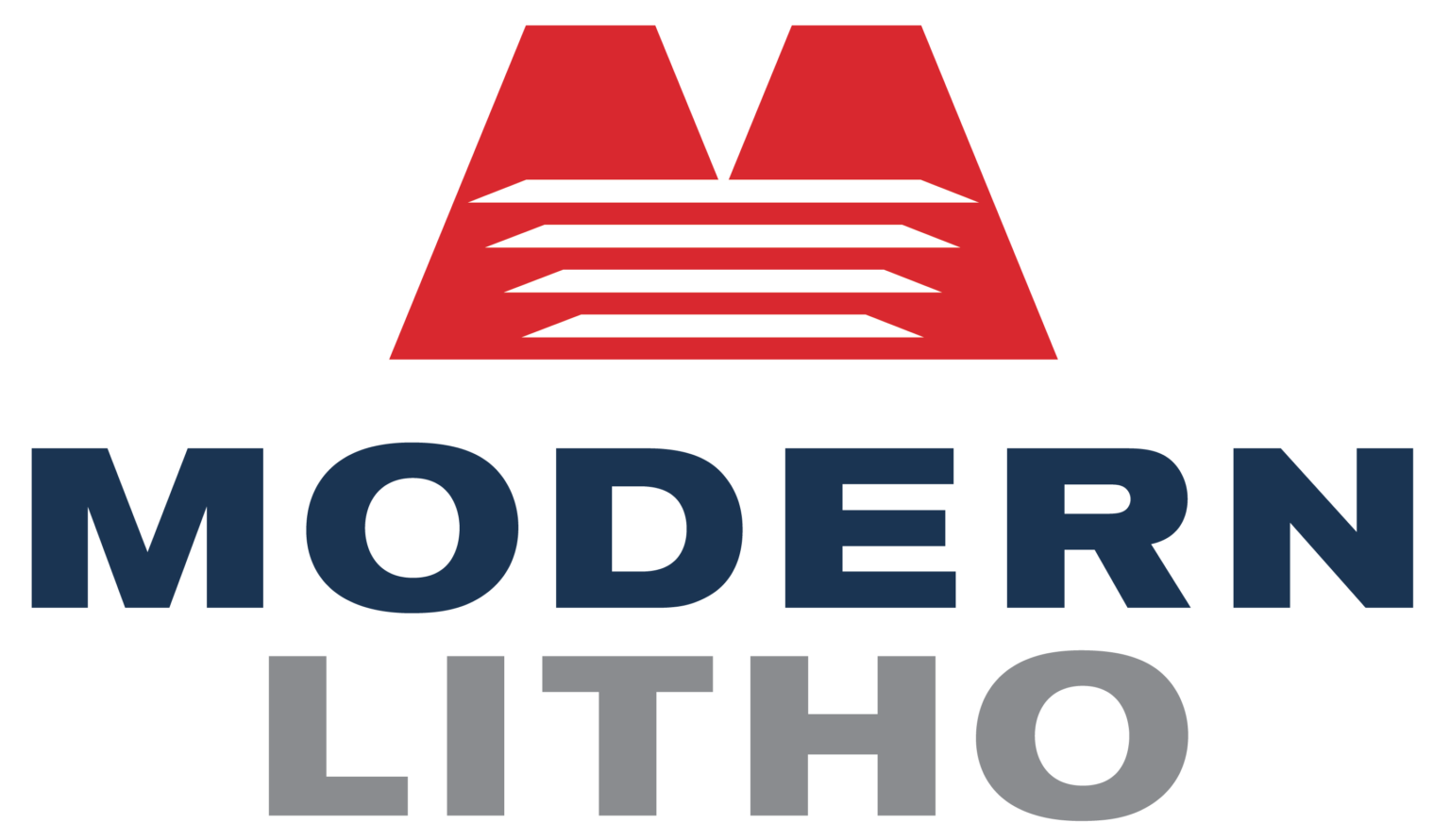Poster Design Tips
When designing a poster, whether it’s a small ad or a large production, keep the poster’s application and purpose in mind. The poster will typically be displayed in a public area, where the competition for attention is high. The following is a poster design checklist that can help you to create an eye catching poster with meaningful and direct messaging:
- Determine the information to be conveyed.
- Choose the size, proportion and shape of the poster to be designed.
- Evaluate the locations you intend on putting your poster.
- Condense the messaging you want to convey in the poster.
- Consider the space you have to work with and in which ways to utilize it.
- Select a clear and distinct typeface that is easy to read from 5 feet away.
- Messaging should be clear and dynamic.
Poster Sizes
Small Size Posters
The smallest size posters can be designed for an 8 ½ x 11”, 8 ½ x 14” (legal sheet of paper), or 11 x 17” (tabloid or ledger paper). These small sizes are optimal for indoor locations and areas that have space restrictions.
The 8 ½ x 11” and 11 x 17 sizes are large enough to command attention, yet the limited workable space requires specific attention to the amount of text placed on the poster. These types of posters are most effective for ads or announcements when the poster consists of high graphic content and limited text.
Medium Size Posters
The medium poster size is 18 x 24”, which can be used effectively with large graphics and one headline message and sub-text. This poster size is also optimal for indoor placement.
The medium poster size is an industry standard and can be found in such places as medical offices and auto-service locations. Typically these posters have a large graphic that is eye catching, a direct and meaningful headline, and may also contain an additional short paragraph of information.
Large Size Posters
The large posters can measure 24 x 36” or 27 x 39” and are generally reserved for outdoor use. Since this poster will be seen by people while they are in motion (e.g. walking by or driving), it is important to use large text and eye catching graphics. It is essential to keep the messaging direct and straight to the point.
This larger size poster can also be used indoors if the location has high traffic. These places include cafeterias and tradeshows, where the large poster size can be very useful in grabbing attention.
